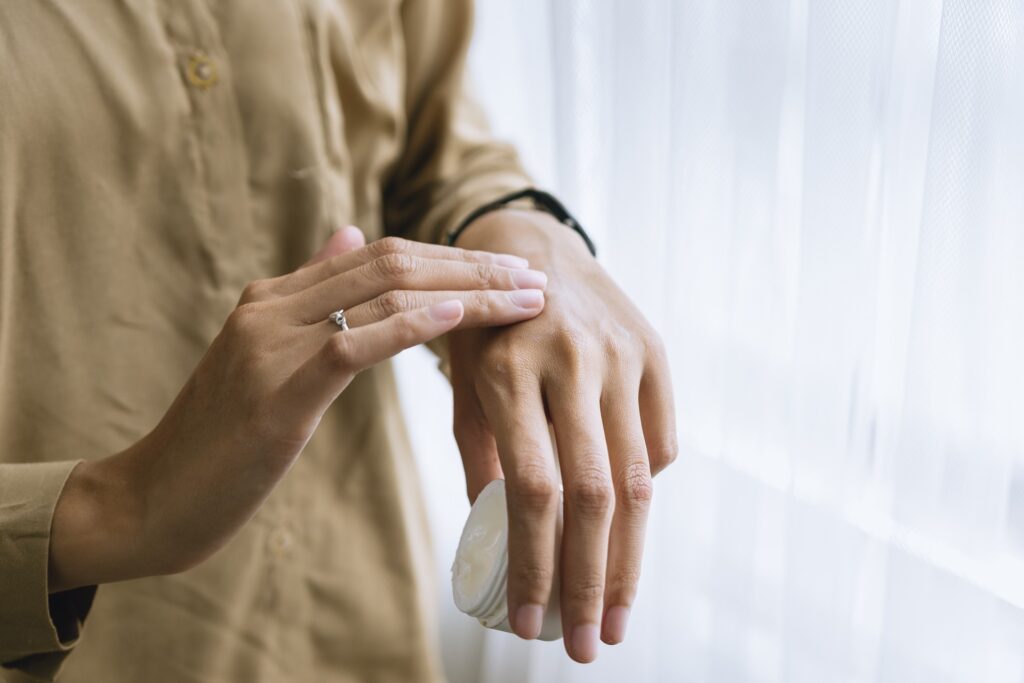
What are the first stages of impetigo? Impetigo is a skin disease that is highly contagious. It occurs mostly in infants and young children. However, it can also affect adults. Some symptoms include red sores, a rash, and pain. These are the first stages of impetigo and we’ll look at more down the road. The first stages of impetigo is a good indications that something is off and needs to be rectified.
How does impetigo occurs?
Impetigo occurs when bacteria enter the body through an open break in the skin. Bacteria can enter through insect bites, minor skin injuries, and objects that an infected person touches. People with impetigo can become irritable and have difficulty breathing. These can also be added in the first stages of impetigo.
A doctor can diagnose impetigo by looking at the sores and skin. They will then test the sores to see if they contain harmful bacteria. Depending on the severity of the infection, the doctor may prescribe antibiotics. Oral antibiotics are usually prescribed for children, while topical antibiotics are prescribed for adults.
Because impetigo is highly contagious, it is important to be careful about where you go. Avoid sharing towels, linens, and clothing. You should also cover your nose and mouth when coughing or sneezing. If you have an impetigo rash, you should stay home from school or day care until the rash has healed.
Keeping your fingernails short is also a good way to prevent the spread of impetigo. When you wash your hands, use a hand sanitizer.
A doctor may take a swab of the sore to test for bacteria withing the first stages of impetigo. The sample will be sent to a lab to find out which type of bacteria caused the disease. Your health provider may also take a sample of the fluid in the blisters.
Impetigo treatment
Impetigo is an extremely contagious skin disease. It’s characterized by red, itchy blisters that ooze fluid. They are normally located on the face, ears, nose, and arms. The sores usually heal in 7-10 days.
However, impetigo can recur in small children, so treatment is necessary. You can use antibiotic creams or pills to treat the infection. If the sores are too large to be treated with an ointment, your doctor may recommend an oral antibiotic.
Antibiotics can also help prevent the spread of the disease. You must always follow the instructions of your health care provider. For example, if you’re taking an oral antibiotic, it’s important to take the medication regularly.
In addition to antibiotics, you can keep the area clean. Wash your hands frequently. Keep your clothes and linens clean as well. Avoid sharing or using clothing that has been contaminated.
Keeping the area clean is important because impetigo bacteria can live in tissues and personal items. This is why it’s important to wash all clothes and towels you wear when you have impetigo.
You can avoid the spread of the infection by not scratching the sores. Make sure to cover the sores with a loose bandage or cloth. Remember to watch for the signs in the first stages of impetigo.
A dermatologist can provide more detailed information on how to treat impetigo. Your doctor may prescribe antibiotics or ointments, or he or she may send a skin sample to the laboratory to determine the bacterium causing the infection.
Xepi(r) is an antibiotic ointment that is used to treat impetigo. However, it is important to use the ointment correctly. Xepi(r) should be applied to the sores after they have been cleaned.
Impetigo Treatment Cream
Impetigo is a very contagious bacterial skin infection that causes itchy red and blistered sores on the hands, arms, face, and other parts of the body. It is also a common cause of rheumatic fever in children.
Impetigo is often treated with antibiotics. However, it is also possible for the bacteria that causes it to become resistant to certain antibiotics. If this occurs, the impetigo will take longer to heal.
To treat impetigo, the first step is to wash the affected area with warm water and soap. This will help the antibiotic penetrate the skin. After washing the affected area, apply a topical antibiotic, such as fusidic acid, or mupirocin antibiotic oint.
Then, cover the affected area with gauze or a thin bandage. Do not scrub the scabs or crusts off. When removing the scabs, use warm, soapy water.

If the impetigo is mild, it is likely that the infection will clear up within a week or two. More serious cases may require oral or IV antibiotics. Some people may have recurring bouts of impetigo.
A doctor can culture the bacteria causing the infection to determine the best antibiotics for treatment. If the lesions do not go away after treatment, a doctor might suggest using a topical antiseptic.
To put it another way, if the skin does not heal after three days of antibiotics, call the doctor. If the infection has spread to other parts of the body, swabs might be necessary.
For mild cases, impetigo is usually treated with a topical antibiotic. However, if the infection is more severe, the skin may need IV or oral antibiotics.
Bullous impetigo treatment
Bullous Impetigo is a skin infection that causes vesicles to appear on the surface of the skin. These sores are filled with purulent fluid.
Impetigo is often spread from person to person. If you suspect you or your child has this infection, call your doctor. They may perform a blood test to determine the bacteria causing the infection. Then, they may prescribe an antibiotic.
Usually, antibiotics are used for the first few days of impetigo. For severe cases, they can be given as an oral medication.
Bullous impetigo occurs when Staphylococcus aureus bacteria get into the skin. As the bacteria multiply, they break down the surface of the skin. In this process, the skin becomes swollen, weak and blistered.
A bullous impetigo rash may occur on the trunk, arms, legs or face. It usually appears on the body of infants and children. However, it can also affect adults.
Typically, a rash will clear within a few weeks. In more severe cases, the rash can take a few months to heal. You can protect yourself from this condition by taking care of your skin. Washing it with antibacterial soap and avoiding touching the area with unclean hands can prevent the growth of bacteria.
To help with your impetigo treatment, you can use topical ointments. Neosporin and chloramphenicol are effective in mild cases. Hydrogen peroxide 1% cream is also recommended for localized non-bullous impetigo.
Other home remedies can include washing the affected area with a solution of vinegar. This can loosen the scabs and remove them gently.
If you liked the article, please donate!
